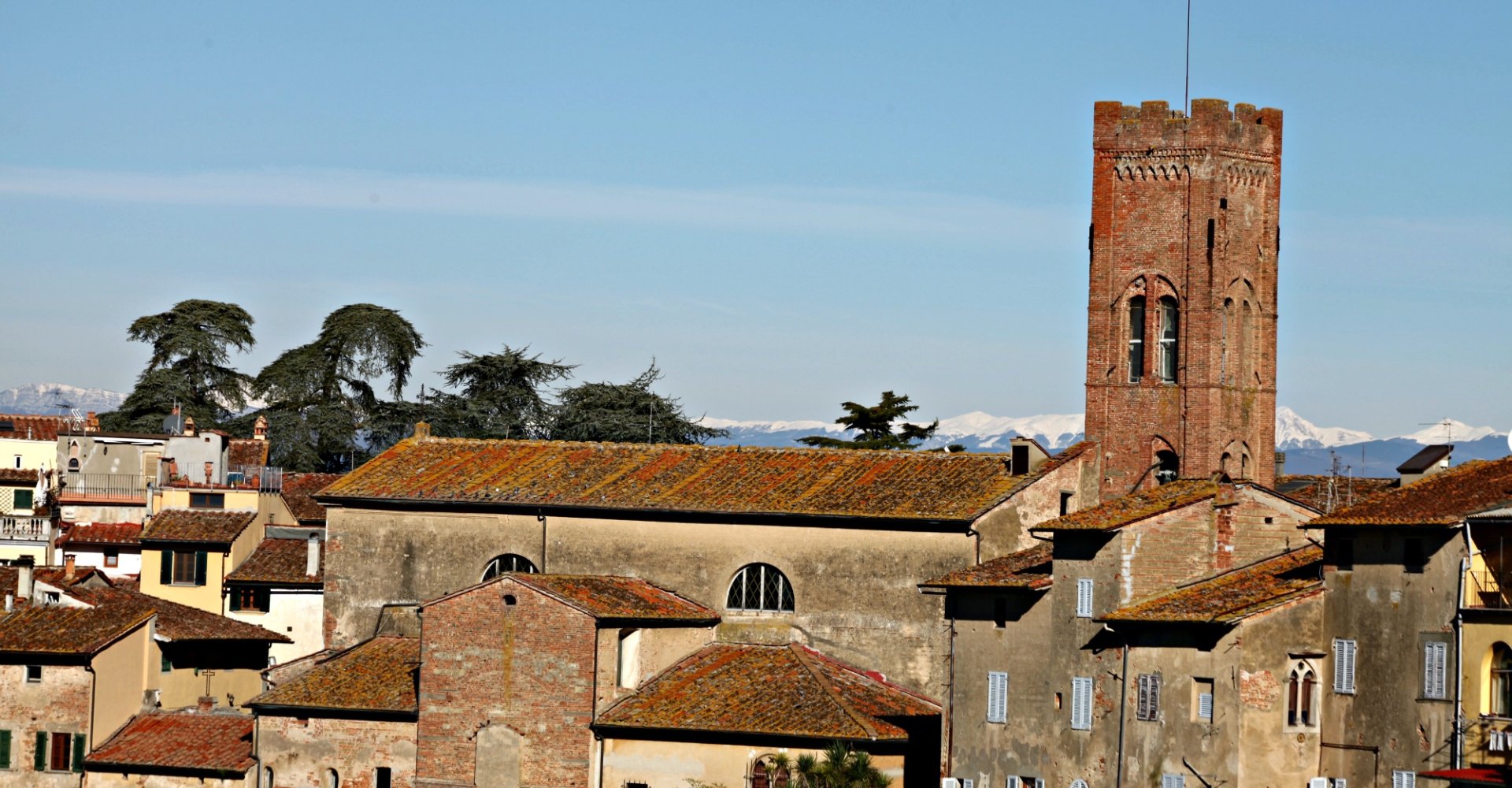For Boccaccio, Montopoli, with its imposing strongholds, was worthy of being called an “illustrious castle”. Long fought over between Pisa and Florence, it didn’t see peace even during the historic Battle of San Romano in 1432, depicted by Paolo Uccello in three paintings that are today housed in the Uffizi, the Louvre and National Gallery in London.
The countryside around Montopoli was hit hard by the plague, but thanks to the Lorraine, the town flourished again and began to draw in important families who, over the centuries built their summer residences here to enjoy the quiet and the free-flowing mineral water spring.
